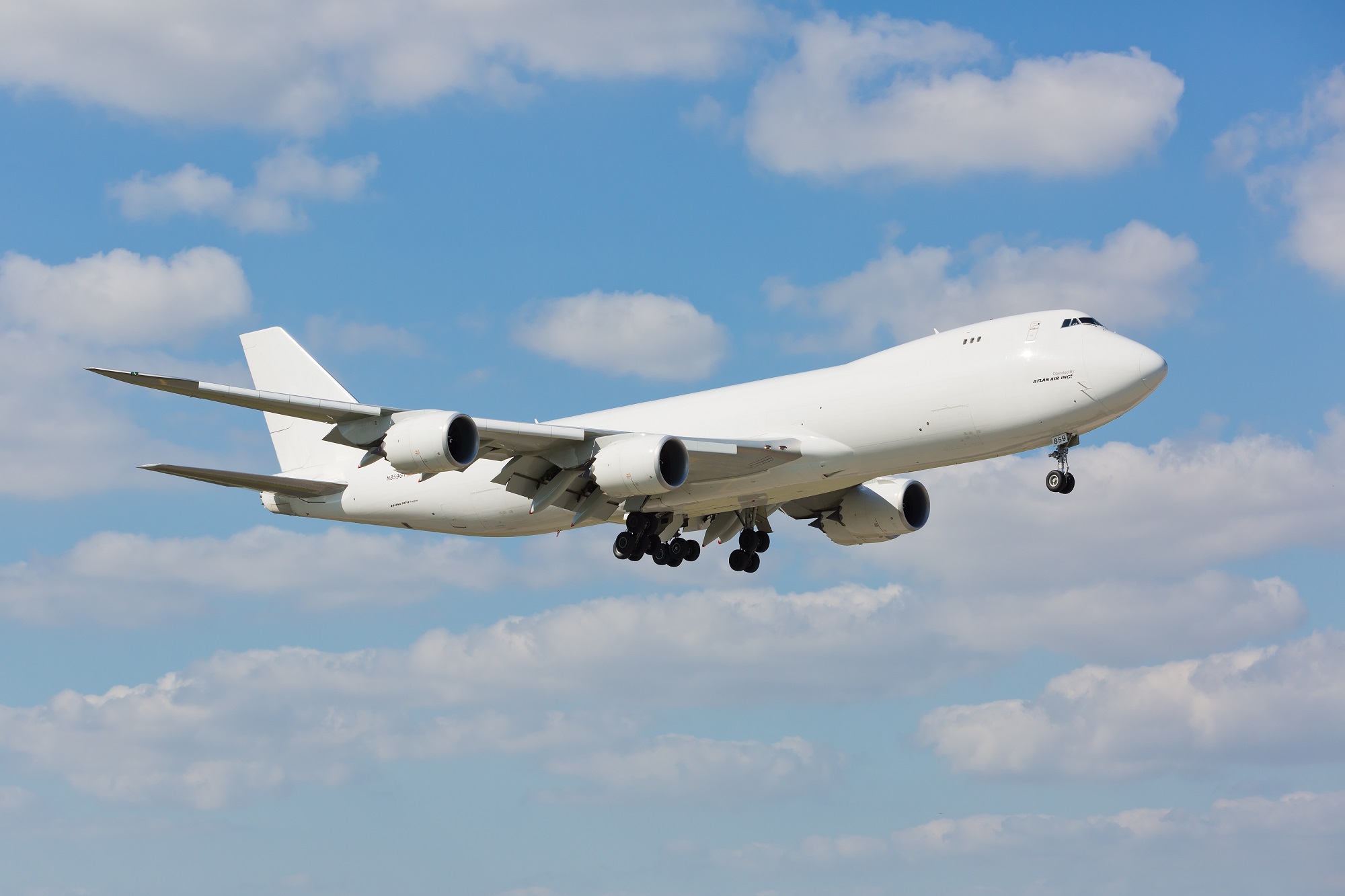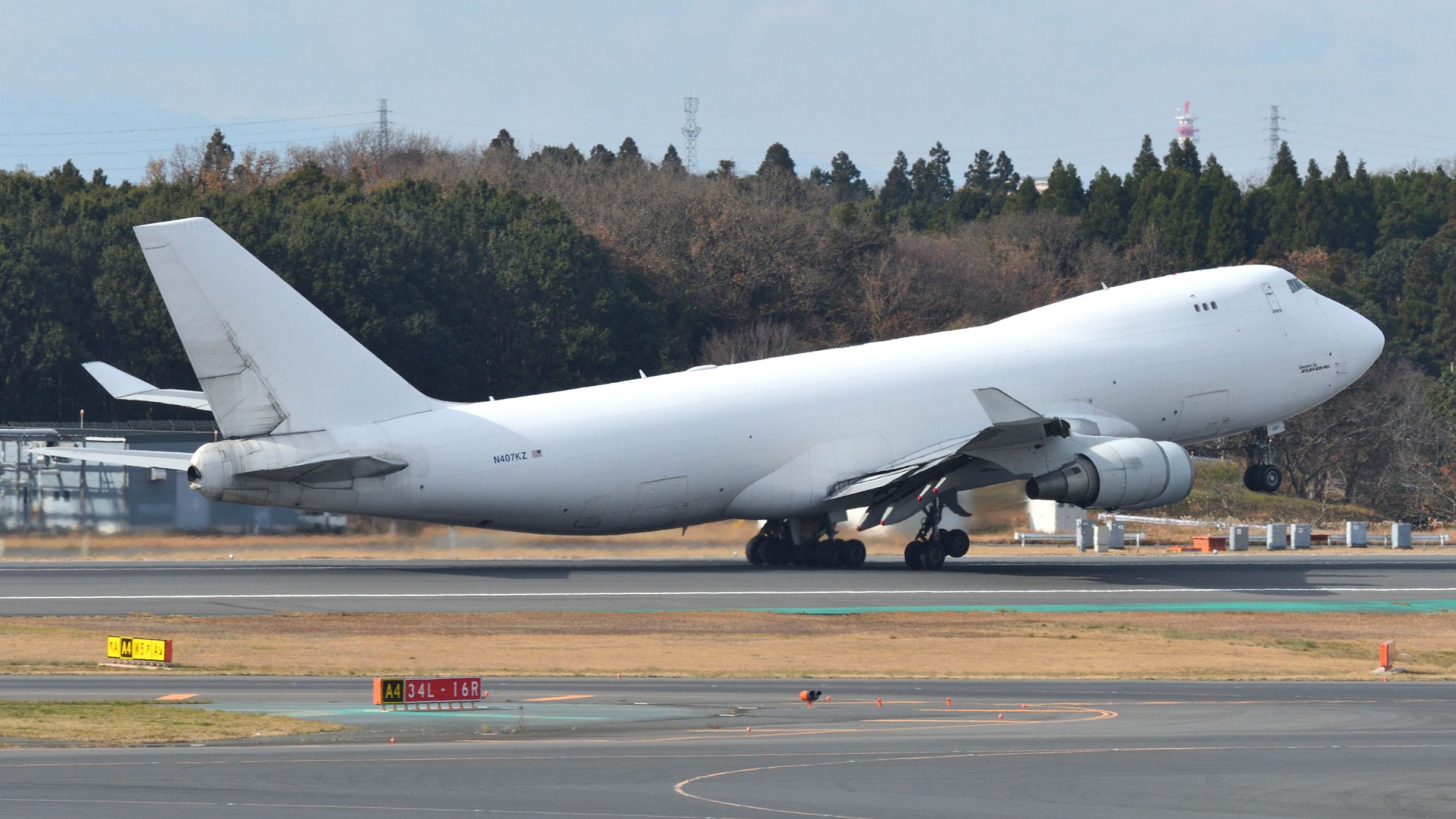FAA Directs Boeing 747 Fuel Tank Safety Improvements
The Federal Aviation Administration (FAA) has issued a directive for safety improvements to be made to the fuel tanks of Boeing 747 aircraft. This mandate comes as part of ongoing efforts to enhance the safety standards of commercial aviation and minimize potential risks associated with fuel tank operations. The modifications, which will affect numerous aircraft worldwide, are designed to prevent incidents that could compromise the safety of passengers and crew.
FAA Mandates Boeing 747 Fuel Tank Enhancements
The FAA has taken decisive action in directing Boeing to implement critical safety enhancements to the 747’s fuel tanks. This move follows an extensive review of the aircraft’s safety protocols and the identification of potential vulnerabilities that could lead to hazardous situations. The directive is part of a broader initiative to ensure that all commercial aircraft meet the highest standards of safety as technological advancements and new findings emerge in aviation safety research.
The enhancements mandated by the FAA specifically target the fuel tank’s design and operational features. These improvements are intended to address issues related to fuel tank flammability and the risks of fuel vapor ignition. By mandating these changes, the FAA aims to mitigate the possibility of fuel tank explosions, which, though rare, have previously posed significant risks in the aviation industry. This directive is expected to affect hundreds of Boeing 747s that are currently in service across the globe.
In response to the FAA’s mandate, Boeing has committed to working closely with airlines and industry partners to implement the necessary changes swiftly and efficiently. The company has expressed its dedication to maintaining the highest safety standards and ensuring that all aircraft comply with regulatory requirements. Boeing’s cooperation with the FAA and other stakeholders underscores the industry’s commitment to continuous improvement and proactive risk management.
New Safety Measures Aimed at Preventing Risks
The newly mandated safety measures focus on reducing the risk of fire and explosions within the fuel tanks of Boeing 747 aircraft. These improvements include the installation of advanced inerting systems, which replace oxygen in the fuel tank with inert gases to minimize the potential for ignition. Additionally, the directive calls for enhancements to the tank’s structural integrity, providing an extra layer of protection against potential threats such as lightning strikes or static electricity.
These safety measures are part of a larger strategy to address known safety concerns within the aviation industry. By implementing these improvements, the FAA aims to ensure that fuel tanks are less susceptible to external and internal factors that could lead to accidents. This proactive approach reflects the FAA’s commitment to adopting the latest technological advancements and industry best practices to safeguard the well-being of air travelers.
Airlines operating the Boeing 747 will need to comply with the FAA’s directive within a specified timeframe to ensure the continued airworthiness of their fleets. The implementation of these safety measures will involve modifications that may require aircraft to be temporarily taken out of service. However, the long-term benefits of these enhancements, including increased safety and reliability, are expected to outweigh the temporary operational disruptions.
As the FAA continues to lead global efforts in advancing aviation safety, the directive for Boeing 747 fuel tank improvements represents a significant step toward minimizing risks associated with aircraft operations. By mandating these enhancements, the FAA reinforces its commitment to protecting passengers and crew while fostering innovation and collaboration within the aviation industry. As airlines and manufacturers work together to implement these changes, the future of air travel promises to be even safer and more secure for all.



